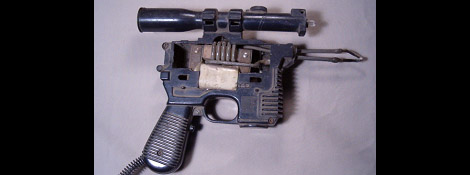Open-source Mars rover

[Seth King] wasn’t satisfied with current robotics platforms that don’t work well outdoors. He started the Open Rover Kickstarter with the end goal of having a 6-wheel robot with a rocker-bogie suspension just like the Mars landers. We’re sure it’ll be an interesting platform.
Adding a Flash to a key fob video camera

[doctormord] picked up a key fob “spycam” and was surprised that there wasn’t any onboard illumination. Then again, that would probably defeat the purpose of the “spycam.” A transistor, LED and resistor later (translation), he had a camera with a light. Pics here.
Automated WEP cracking

This is a video of [Elliott] using his autocrack script to crack a WEP wi-fi network. It took [Elliott] less than a minute to crack a network he set up. Lesson: don’t use WEP.
Adding wi-fi to a laptop the fast way

This laptop used to have a broken Mini-PCIe wi-fi adapter. [Mikko] fixed the wireless by taking out the old card and hooking up a USB wi-fi adapter. He soldered the USB leads directly to the back of an internal USB port and used hot glue “to prevent bad things from happening.” A very easy, fast, and cheap way of fixing a broken wireless adapter.
Han Solo’s soldering iron
When [Craig] was 15, he broke the Bakelite casing of his father’s soldering iron. Being a good son, he fixed it by gutting his original Star Wars Han Solo blaster. Nice, but not as great as Starsong from My Little Pony.








































